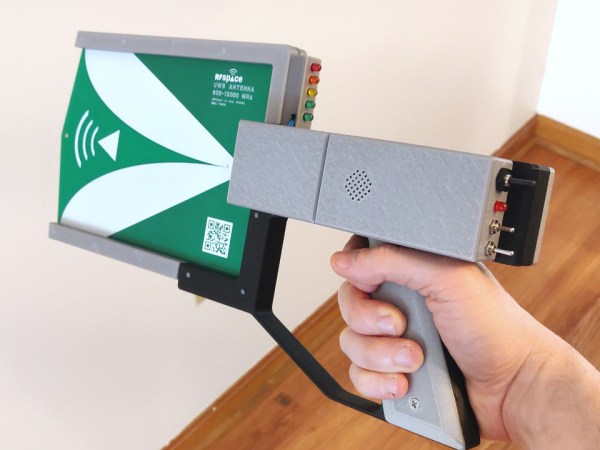[Jim Matthews] submitted his Ham Radio foxhunt transmitter project for the 2025 One Hertz Challenge.
This is a clever Spartan build. In order to create a radio beacon for use in a “fox hunt” [Jim] combined a SR-T300 walkie talkie module with a phototransistor and oscillating LED circuit. The phototransistor and oscillating LED are secured face-to-face inside heat shrink tubing which isolates them from ambient light. When the LED flashes on the phototransistor powers the radio which transmits a tone in the UHF band.
A fox hunt is a game played by radio enthusiasts in which players use radio signals to triangulate and find a hidden beacon. [Jim]’s circuit is the beacon, and when it’s powered by a three volt CR2032 battery, it transmits a strong signal over several hundred yards at 433.5 MHz, within the amateur radio UHF band.
If you’re interested in radio beacons you might like to read about the WSPR beacon.














